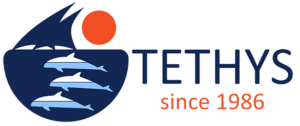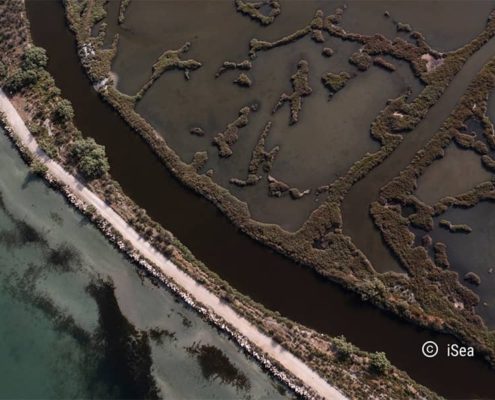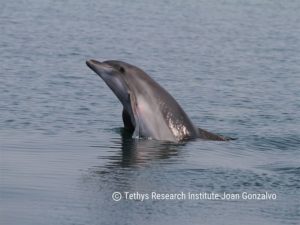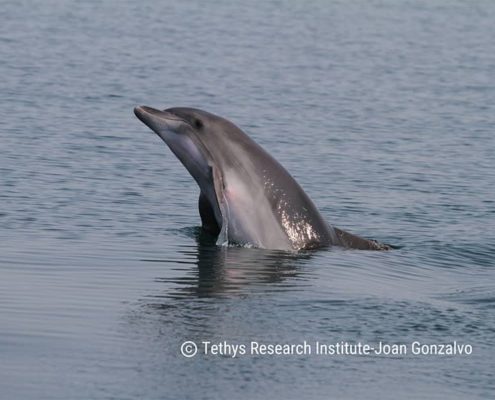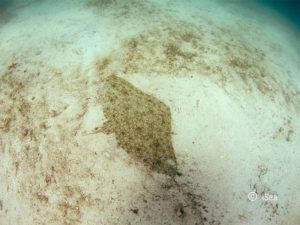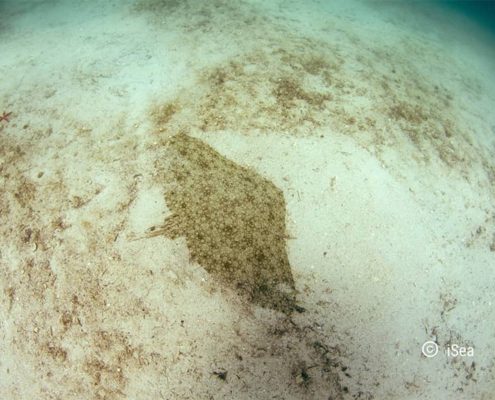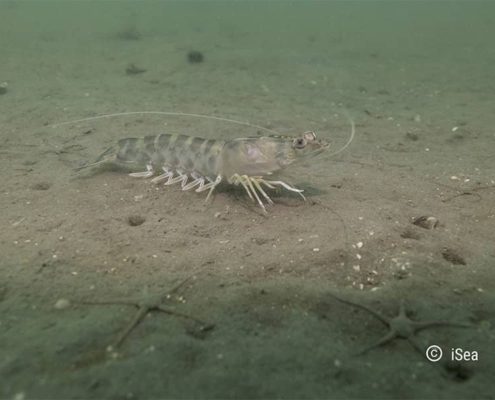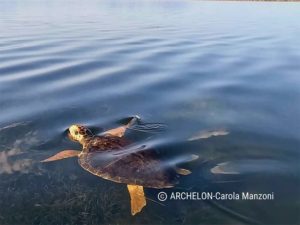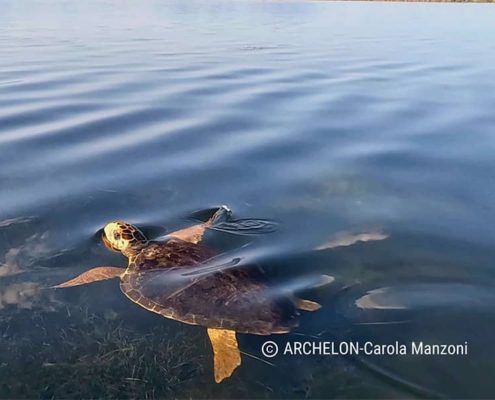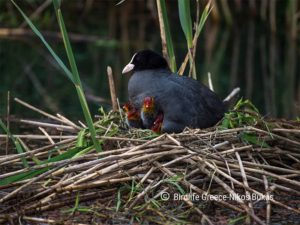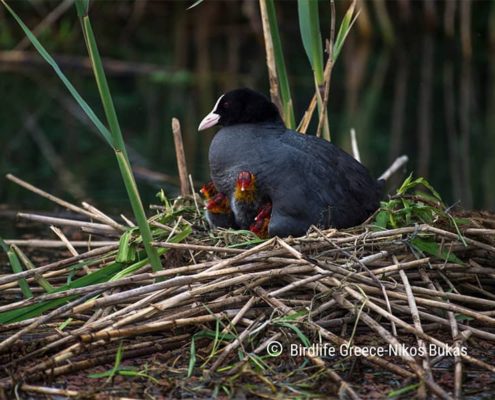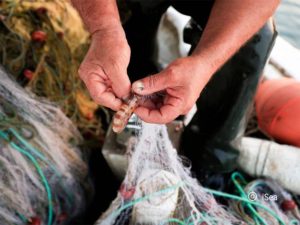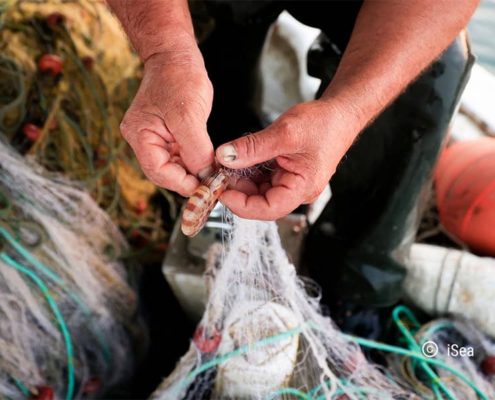The Amvrakikos Alliance celebrates its second anniversary launching a brand-new website
an open window to joint efforts to protect Greece’s largest wetland
Back in 2022, Tethys, together with friend organizations iSea and Blue Marine Foundation, had the idea of creating a new initiative that would bring together scientist and conservationist with shared interests on the management and protection of the Amvrakikos Gulf. One year later, the Amvrakikos Alliance was created.
On the occasion of the 2nd anniversay of the Amvrakikos Alliance, a brand new website was launched
Recognized as a Wetland of International Importance under the Ramsar Convention since 1975, the Amvrakikos Gulf is one of the largest and most important wildlife refuges in Greece, a fragile environment, hosting the Critically Endangered Common Bottlenose Dolphin Gulf of Amvrakikos subpopulation, more than 300 bird species, Loggerhead and Green sea turtles, ten species of sharks and rays (most of which are threatened with extinction), coralligenous formations, and possibly the last refuge of a unique marine megabenthic community in the Mediterranean.
The Gulf’s ecosystem and its people share an undeniably interconnected future. Seven organizations, supported by the Acheloos and Amvrakikos Gulf Protected Areas Management Unit of the Natural Environment and Climate Change Agency (NECCA) and with the participation of the local community, work systematically to highlight the unique ecological value of the Amvrakikos Gulf National Park and its natural and cultural heritage, for effectively manage, restore, preserve and protect its unique ecosystems and biodiversity.
The Amvrakikos Alliance’s activities range from raising awareness and actively involving the local community in the design of effective ecosystem-based management measures, to scientific research that will enhance understanding of Amvrakikos and the significant threats it faces.
On-going efforts by the Amvrakikos Alliance partners include:
- Monitoring of the Amvrakikos Bottlenose Dolphins subpopulation. In 2024, 143 different dolphins were identified, based on photo-identification through the analysis of images collected by the Tethys Research Institute (Ionian Dolphin Project).
- After 20 years, the Hellenic Ornithological Society has monitored and mapped the breeding bird species in the vast reed beds of Amvrakikos, confirming its national importance for some.
- A total of 180 sea turtles were identified and measured by Archelon, 47 of which were recorded for the first time, significantly contributing to the development of informed conservation strategies for their long-term protection within this critical ecosystem.
- iSea continues the systematic monitoring of fisheries interactions with sharks and rays in Amvrakikos, having tagged over 260 individuals of sharks and rays bycaught, to enhance knowledge about these threatened species.
- research activities by the Oceanus-Lab and the Department of Fisheries and Aquaculture of the University of Patras, focus on marine ecosystem assessment, i.e., seabed exploration, marine habitat mapping fishing vessel activity and monitoring of anoxic/hypoxic regime.
Recommended reading: “Amvrakikos Gulf: Biodiversity and Threats. This document presents the state-of-the-art on the knowledge about the Amvrakikos National Park wildlife and the multiple threats present.
